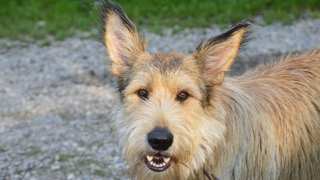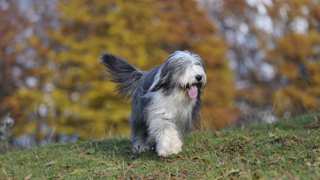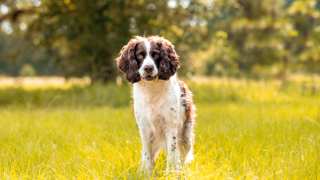Bathing your Samoyed is something you should do once every 4-6 weeks, if she gets visibly dirty, or if she is having a coat blowout. It should be noted that she may appear clean, but it is not unusual for a Samoyed to be a bit dirtier than she looks. There's more to bathing these dogs than merely selecting a good Samoyed shampoo.
Place a non-slip mat in the tub and a cover for the drain so it doesn't clog. Use a detangling spray over the entire coat and then brush it. Now put some cotton balls carefully into the ears. Next, a gentle rinse to get a lot of the dirt out. Make sure there are no mats or tangles. Brush them out if possible or cut them if they are difficult. Such knots tend to harden once wet, and they will cause problems afterward if allowed to remain.
Use only a good de-tangling, dog-only shampoo. The head and face should be done with a damp cloth so the soap doesn't get in her eyes. The main bathing is easy, but the rinsing after needs to completely wash out all the shampoo. If you have an extendable shower head or a hose with a strong spray feature, this is best.
Don't rush the drying process. It has a few steps and may take a while. A large, heavy towel over her will help soak up a lot of water while you use a second towel to get her head, legs, tail, and belly. If you want to blow-dry the coat, set it no higher than warm. Brushing while blow-drying can speed up the process.




